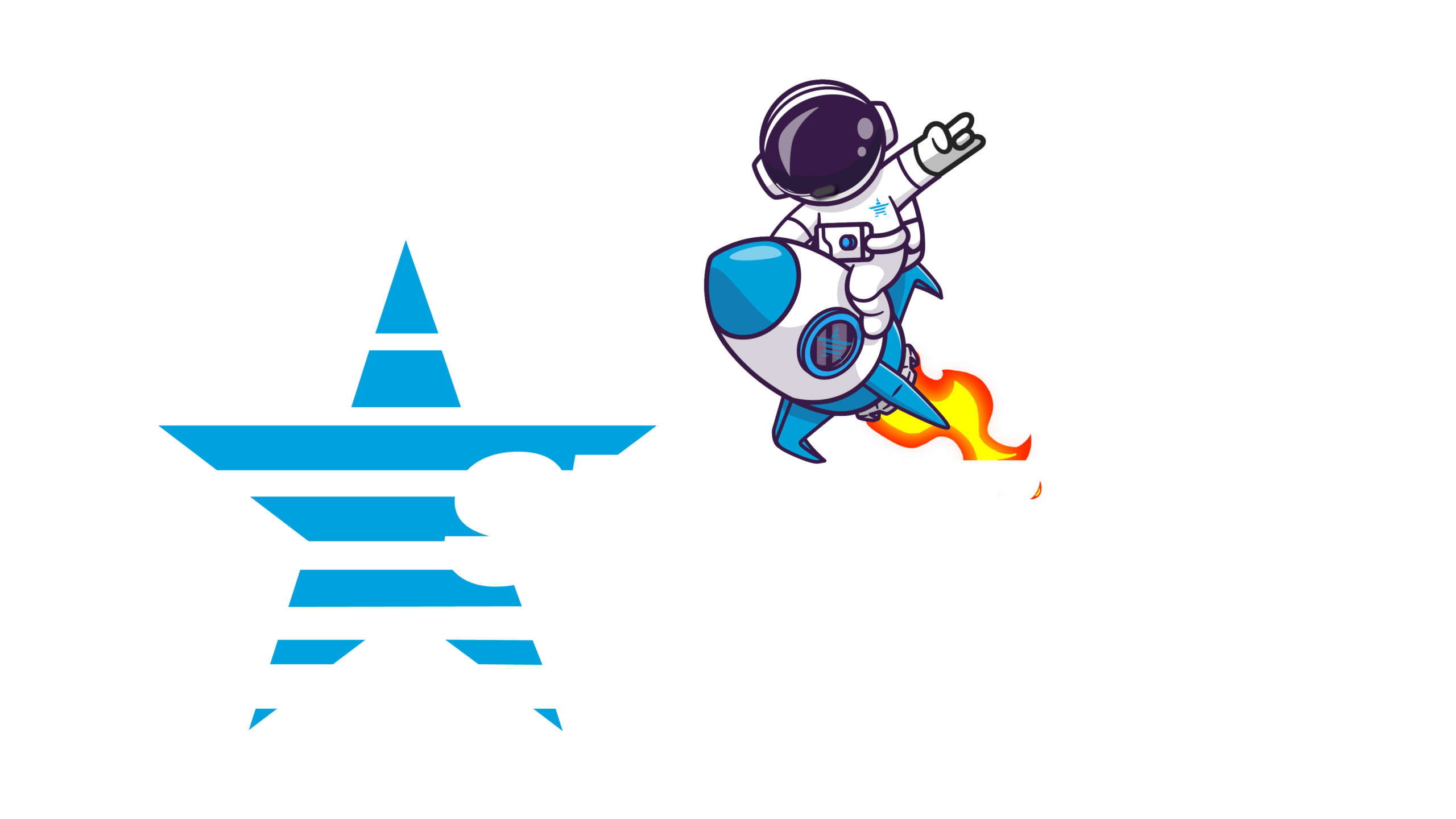You’ve created a beautiful contact center website. It passes all the website grading tests with flying colors. Now comes the final piece in the puzzle that will still likely remain a mystery once it’s all said and done. You’ve got to bring in the bodies. Just because you’ve built it, doesn’t mean they’ll come.
It’s time to offer something besides your product. It’s time for you to offer something your customers want, besides a “schnazzy” promo that might speak to one person but totally offend the next. It’s time to write!
Unfortunately, it isn’t that easy. You might think that you don’t even know where to begin. You basically have a choice… pay a blog writer hundreds of dollars per article, or write it yourself?
This is the precise moment where most potential contact center writers opt for the third option. Doing Nothing!
It’s the extra work that usually separates us from “the greener grass” we always tend to see. So, if you’re willing to take on this seemingly backward task of giving something away so your audience eventually becomes a customer, you’re reading the right list.
Only you’re in an even better place because you’re going to be guided by an industry veteran who has written the book on contact centers, literally!
Peter DeHaan is the owner and managing editor of Connections magazine, AnswerStat magazine, TAS Trader & Medical Call Center News. He’s the author of two contact center books, “How to Start a Telephone Answering Service”,“Sticky Customer Service” & “Healthcare Call Center Essentials.” Another book “Sticky Sales and Marketing,” is due out soon. He’s also behind a half dozen more titles to follow these four. So, you know he’s always thinking about the very things I am about to reveal to you!
The following list of questions and answers are intended to help brave contact center writers take on the task of blogging or increasing engagement and readability on contact center websites.
If there’s one other reason why you should blog besides the potential influx of eyes on your site, it’s this: Transparency. Your clients are looking for information from a source they know and trust. By blogging on topics that are relevant to your customers, you are showing them that you care about their success. Another benefit is that through your communication, you are providing your clients tips that will also drive better interactions with your contact center. It’s a win, win in so many ways.
So, let’s get started. With 9 contact center writing tips from a man who literally wrote a book (or two, or three, or four) on the contact center industry. Here we go!
1.) In terms of writing and content how can contact centers gain more exposure?
Peter’s response: “Submitting content to local print publications is an ideal opportunity to gain cost-effective exposure. Though this may seem like free publicity, there’s a cost in writing or sourcing quality content that will resonate with readers. The number of print publications, however, has decreased dramatically in recent years. The next alternative to being in print is to be online. Look for online publications, e-zines, and business blogs that will accept and post your content. A related opportunity is your own website. Many industry websites aren’t particularly good, with dated design and less-than-ideal content. Most need an overhaul or redesign. On the other hand, there’s a fine line between not looking like everyone else and being so different that you confuse visitors. You can strike a balance, but I’ve seen few sites that do this well. Once you have a professional looking and visitor-friendly website, consider content marketing for engaging prospects and for search engine optimization (SEO).”
2.) What advice would you give to contact centers who aim to write more content about the industry and/or start a blog?
Peter’s answer: I’m a big proponent of content marketing, where you post useful content on your website to drive traffic and attract potential clients. But this is a difficult challenge. For it’s hard to find someone who both understands the industry and can write well. (This was a service I once offered but am no longer able to.)
3.) What are the best topics to write about? Who is our audience and what are they looking for?
Peter’s response: Don’t write about yourself or the call center industry. Provide value. What information can you give them to help them deal with their pain points? If you provide them with quality content, they’ll view you as a go-to company when they have a need. A counter approach is to do something fun for them that they’ll look forward to. One company I followed (in a different industry) had Fun Friday on their blog. They curated content from around the internet, usually a funny, intriguing, or inspiring video. Their other posts the rest of the week were great, but I most anticipated Fun Friday.
4.) What writing or storytelling techniques have you picked up when speaking to the contact center industry?
Peter’s answer: Regardless of the industry, people love stories. A well-crafted story can communicate more effectively and with greater impact than straight prose and certainly better than marketing content. We can present these stories as informal, interesting accounts of something exactly as it happened. Or we may need to anonymize a story to protect the identity of our subject. Another technique is merging multiple accounts to produce one cogent and compelling story. While I advise against straight up fabrication, be aware that employing sound fiction-writing techniques is key to producing remarkable stories that will grab people’s attention.
5.) What is essential for contact center storytelling?
Peter’s response: “Don’t be boring. Seriously. Grab their attention early and don’t let go. Avoid bogging down the middle of a story with boring details or irrelevant information. End with a concise, poignant, or motivating conclusion. Then stop writing. Don’t ramble on once you’ve made your point.”
6.) Do you have any advice for contact centers looking to improve their Search Engine Optimization?
Peter’s answer: “Start by producing quality content with a visitor-first perspective. Don’t write for search engines because they can’t make a buying decision. Only after you’ve written it should you factor into the piece good SEO practices. There is on-site SEO, which is doing things on your website to better attract search engine attention. There is also off-site SEO, which involves interaction with and from other sites. If you hire an SEO expert, vet them carefully. Make sure they’re not employing black-hat techniques, which may have a short-term gain and produce a long-term disaster. Also hold them accountable to objective, measurable results. This can be in the form of increased traffic, lower bounce rates, more time engaging the site, and increased inquiries. Be wary of any provider who objects to you wanting measurable outcomes.”
7.) What is the most interesting story you have come across while working in the industry?
Peter’s response: “I have a lifetime of stories that I could share, and it’s impossible to pick the most interesting one. I can safely say that everyone I meet in the industry has an interesting story—often many—that they can share. These stories inspire us, motivate us, and encourage us to do better, become more, and pursue excellence. Interestingly, I once wanted to publish a book that compiled all these interesting stories, but no one would submit any. Either they didn’t see the value of their own experiences, or they were too busy to let me know about them. As it now stands, this book remains nothing more than an interesting idea that never happened.”
8.) What contact center topic do you think is the most popular?
Peter’s answer: “The hot topic of today will quickly fade and have another replace it tomorrow. What grabs our attention now will quickly become cliché. So instead of attempting to identify a topic, permit me to instead identify an outcome. Any article that produces change or causes the reader to reevaluate their status quo positions is a good one. Whether or not this produces something popular I don’t know, but it is the objective I pursue.”
9.)What are the best tips, tricks, tools, and platforms for contact center writers?
Peter’s response: “Writing is easy. Writing well is hard. It requires practice. So, my best tip is to sit down and start writing. Use whatever tools work best for you. As for tricks, there are none; at least none that are ethical or legal. For publishing platforms, start with your website. It already exists, is accessible to your content, and carries no barriers. Publish fast and then correct and iterate. If a piece misses the mark, fix it or delete it. It’s that easy. Beyond your own company website, look for other places where your target audience visits and pitch them with your ideas. Show your own blog as proof of what you can produce. Focus on websites and avoid social media. Not only can social media block your audience from seeing your content, but they can also summarily remove it. And I understand that the fine print in some social media user agreements gives them the ownership rights to anything and everything that you post. That’s why I don’t post content on social media. Instead, I use them to point people back to my websites, which I own and control.”
So, there you have it. 9 tips that should propel you forward in your TAS writing endeavors.
Peter DeHaan has published his latest book Healthcare Call Center Essentials. It’s available in paperback, hardcover, and e-book.
It’s ideal for those who want to manage a more effective medical call center. From daily operations to long-term success, this indispensable guide will help call center leaders create a thriving contact center that meets the needs of both patients and the medical community.
Get your copy of Healthcare Call Center Essentials today.
For more information on Peter or his publications check out the following links…
Peter Lyle DeHaan PhD
AnswerStat & Connections Magazine publisher editor


Recent Comments